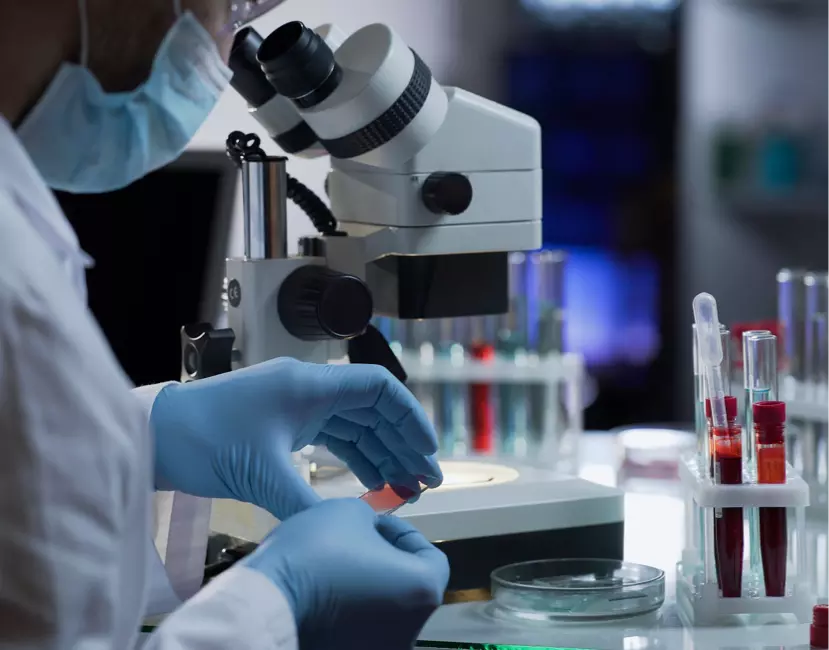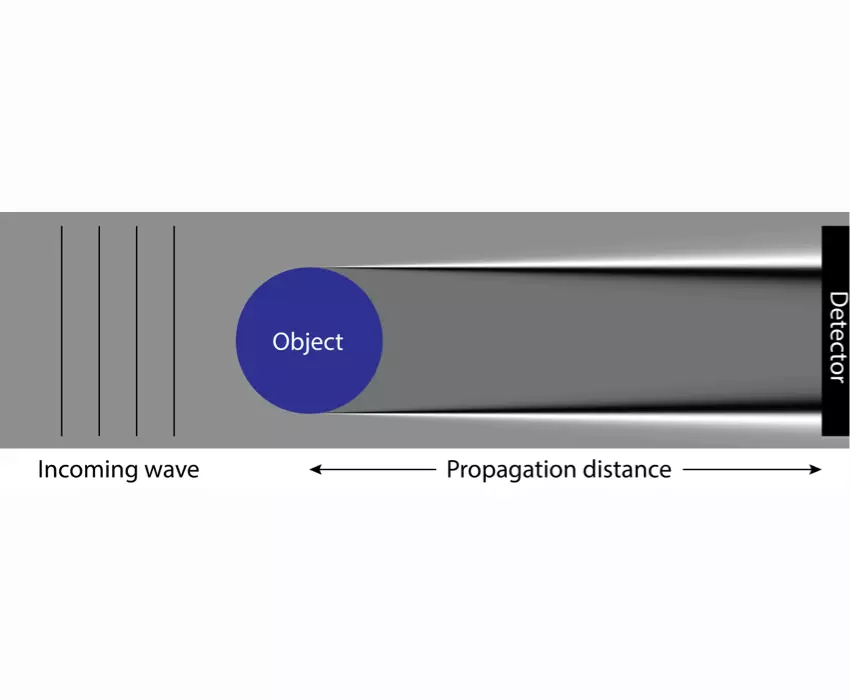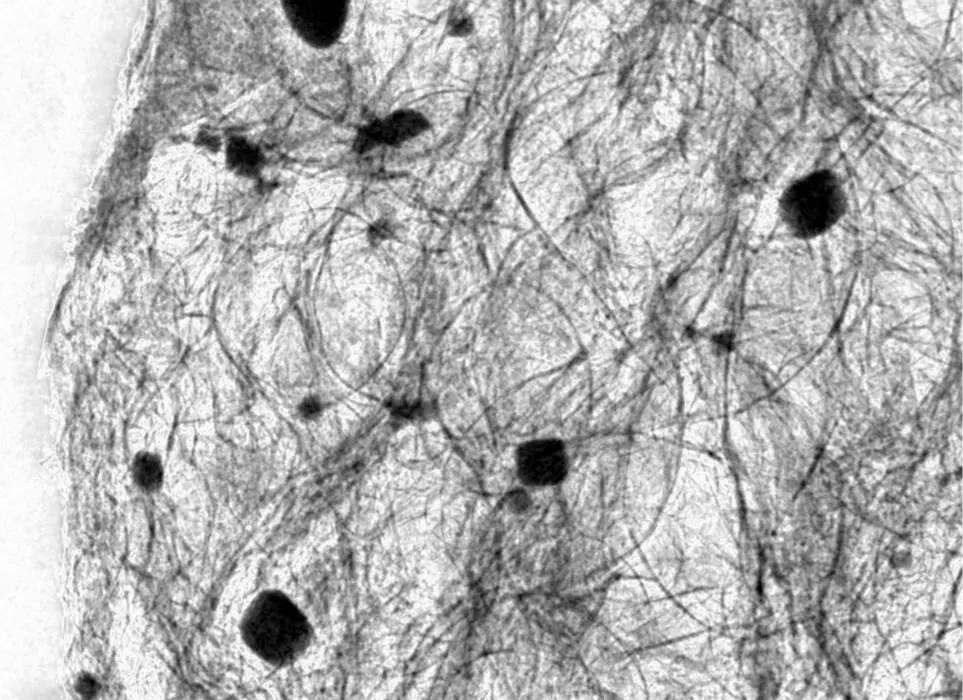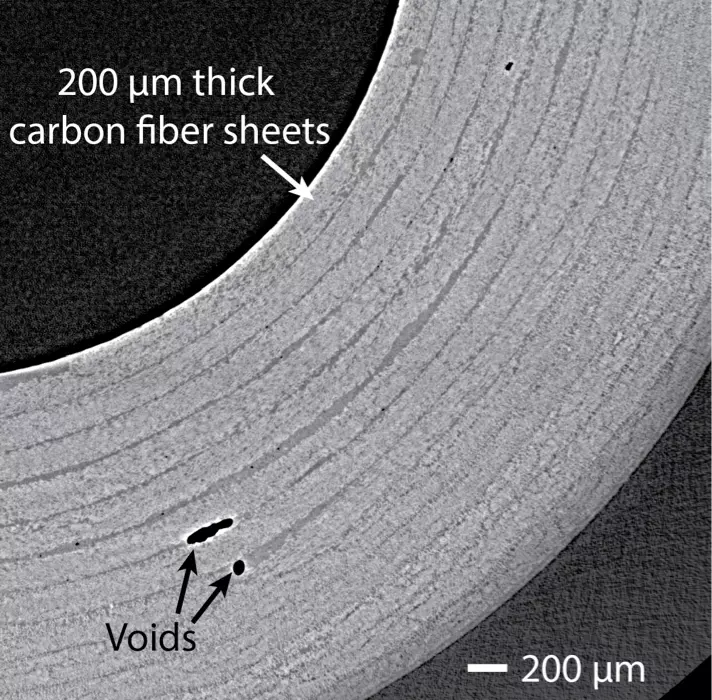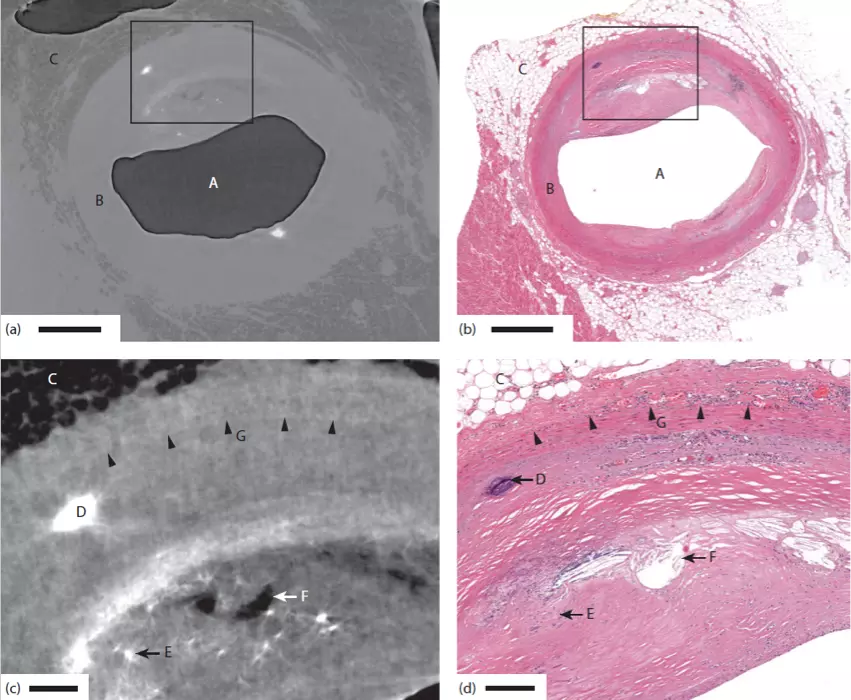The Exciscope technology is well suited for imaging biomedical tissue samples, in this example excised human coronary arteries. The purpose was to observe microscopic atherosclerotic plaques, both calcium-rich and lipid-rich. This work shows that it is possible to observe small lesions, down to single or a few foam cells large, in the complete three-dimensional sample. This example can be extended also to other tissue types, and proves the unique abilities of the Exciscope technology in three-dimensional imaging of small low-contrast features in centimeter-sized tissue samples.
The figure depicts a comparison between the Exciscope 3D technology and conventional 2D histology. In the images are (A) air-filled artery lumen, (B) the artery wall, (C) adipose tissue, (D) calcification, (E) microcalcification, (F) cholesterol crystal depositions, and (G) demarcation between tunica media and tunica adventitia. Scale bar: (a,b) 1 mm, (c,d) 200 μm.
